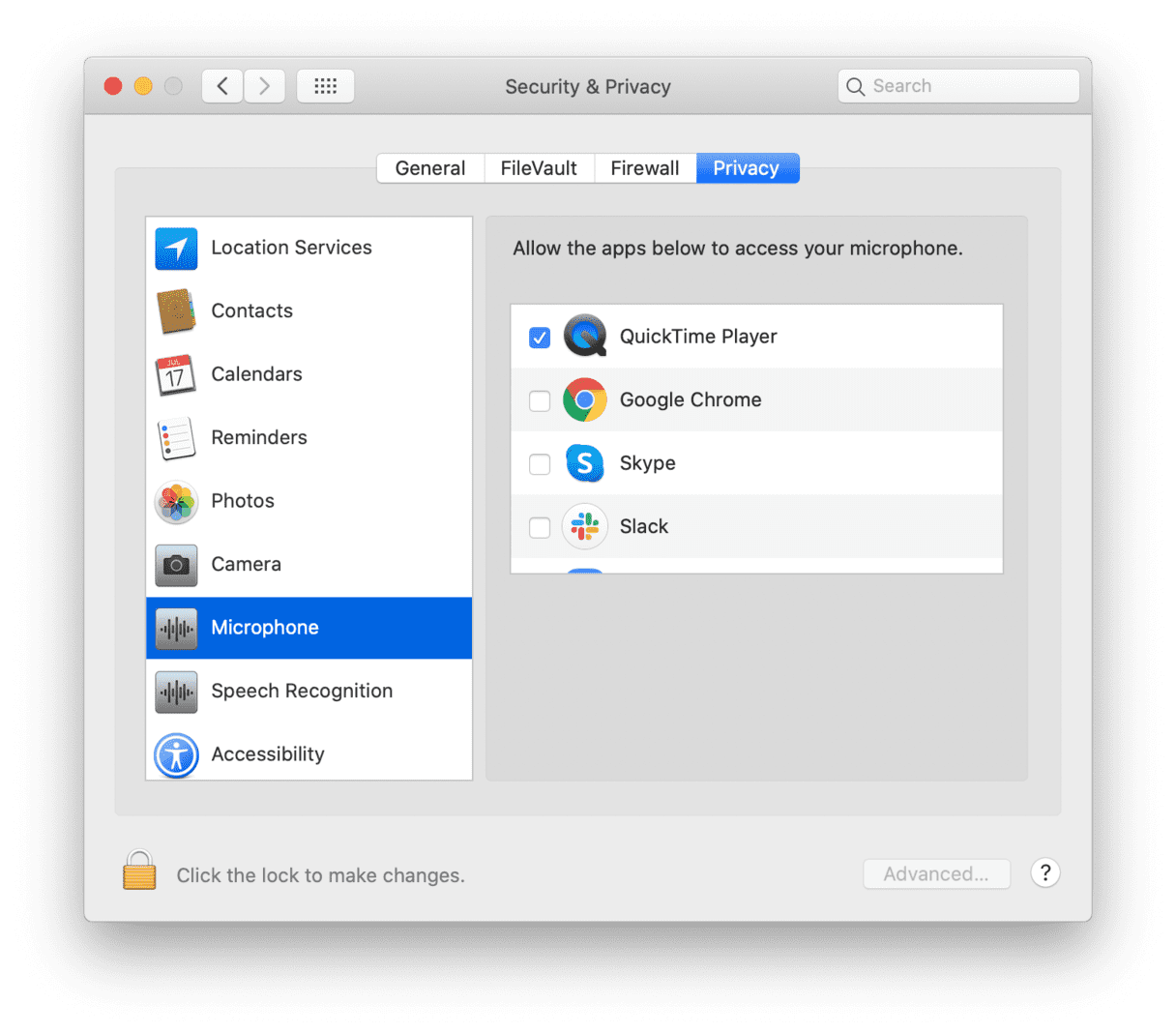
Whether you run a podcast or like recording musical covers, you can probably benefit from live monitoring your audio input. That is, with the input turned on, the sounds you input are automatically fed through the output so you hear back the sounds as you're making them. The effect is similar to using a microphone on stage and hearing the sound instantly pump through the speakers around you.
Having this feature is important for testing out your microphone's volume level, the proximity to the speaker, audio quality and more. Perhaps you also just want to capture a bit more reverb. Here are two ways on the Mac to enable live monitoring for free.
If the file you are trying to play is corrupt, you may not hear sound when playing files with RealPlayer. To check your player, try playing other files that are not corrupt. If your player doesn't play other files as well, try adjusting your computer's sound configuration. Solution 1: Check the RealPlayer Sound Settings. Check out my other reviews here: This is a review for Hear a program for Mac OS X or Windows that improves the sound quality of ether your. Sound Recognition. Sound Recognition listens for certain sounds and uses on‑device intelligence to.
Note:Mac OS X 10.6.8 Snow Leopard is an upgrade to the previous version of OS X Leopard. This update does not have stacks of new features, rather overall improvements and efficiency upgrades. This version of Apple's OS also has a reduced footprint.
This will work for both your Mac's built-in microphone as well as third-party microphone accessories.Download AudioMonitor
I Hear You Mac Os X
AudioMonitor is a free application for OS X that lets you monitor and edit the audio input coming into your Mac. You can download it at Softpedia. Note that it downloads as 'MTCoreAudio' but for our intents and purposes, the application itself is AudioMonitor.
When you download the program, it'll reveal itself as a package of contents. The only one you need to be interested in is AudioMonitor. Drag that icon over to the Applications folder on your Mac to install the program. Feel free to discard the rest.
Once you can launch AudioMonitor from Applications, you'll notice it's a very basic and lightweight app. Before you turn on live monitoring, make sure you select the proper input at the top. If you're using your Mac's microphone, keep the Built-In Microphone and Internal Microphone options selected. Otherwise, choose the name of your accessory in the drop down menu when it's connected.
Also verify the output source is correct at the bottom. When you're all set, click Play Through to turn on live monitoring. You can test it out by turning up the volume on your computer and speaking into the microphone. You should hear your own voice play back to you in realtime, which means live monitoring is working.
Use GarageBand
GarageBand is typically used for musical instruments and recording projects, but if you don't want to download a new app, GarageBand also has a live monitoring feature. I prefer using AudioMonitor because it's way more lightweight and straightforward, but GarageBand works fine too.
All you need to do is open GarageBand and make sure you're starting on a blank slate, i.e. not opening a previously worked on file. For your new project, select Empty Project then click Choose.
GarageBand will ask you about your input settings. Select Record using a microphone or line input at the top. Then underneath, make sure the checkbox to the right is ticked that reads I want to hear my instrument as I play and record.
Proceed to your new project and you'll notice your first track has a lit icon that looks like an upside Wi-Fi signal. That's live monitoring, enabled. Make sure you have a pair of headphones ready, then try speaking into your mic to test out hearing your own voice.
I Hear You Mac Os 11
The above article may contain affiliate links which help support Guiding Tech. However, it does not affect our editorial integrity. The content remains unbiased and authentic.Read Next
2 Useful Mac Apps to Separately Control Volume for Individual Applications
The
Which macOS version is installed?
From the Apple menu in the corner of your screen, choose About This Mac. You should see the macOS name, such as macOS Big Sur, followed by its version number. If you need to know the build number as well, click the version number to see it.
Which macOS version is the latest?
These are all Mac operating systems, starting with the most recent. When a major new macOS is released, it gets a new name, such as macOS Big Sur. As updates that change the macOS version number become available, this article is updated to show the latest version of that macOS.
If your Mac is using an earlier version of any Mac operating system, you should install the latest Apple software updates, which can include important security updates and updates for the apps that are installed by macOS, such as Safari, Books, Messages, Mail, Music, Calendar, and Photos.
| macOS | Latest version |
|---|---|
| macOS Big Sur | 11.3 |
| macOS Catalina | 10.15.7 |
| macOS Mojave | 10.14.6 |
| macOS High Sierra | 10.13.6 |
| macOS Sierra | 10.12.6 |
| OS X El Capitan | 10.11.6 |
| OS X Yosemite | 10.10.5 |
| OS X Mavericks | 10.9.5 |
| OS X Mountain Lion | 10.8.5 |
| OS X Lion | 10.7.5 |
| Mac OS X Snow Leopard | 10.6.8 |
| Mac OS X Leopard | 10.5.8 |
| Mac OS X Tiger | 10.4.11 |
| Mac OS X Panther | 10.3.9 |
| Mac OS X Jaguar | 10.2.8 |
| Mac OS X Puma | 10.1.5 |
| Mac OS X Cheetah | 10.0.4 |

